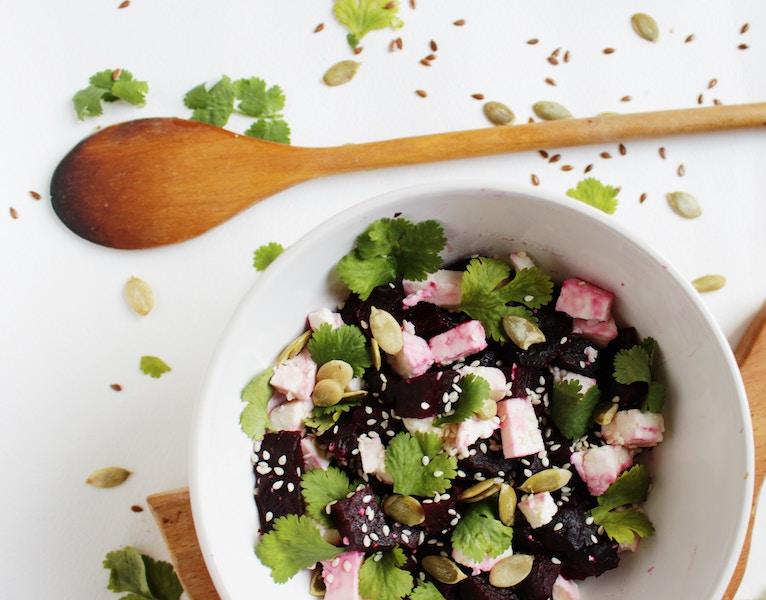5 Delish Ways To Use Tamari In The Kitchen

Pixabay
Umami is the key to making any dish into comfort food. You might think two soy sauce and tamari are the same, judging based on their strong umami flavors and appearance, but there’s one huge difference —wheat. The two sauces are both made with fermented soybeans, but tamari has little to no wheat, where soy sauce is packed with it. Tamari (more traditionally tied to Japanese cuisine) has a dark, rich color, a slightly thicker consistency, tastes slightly more balanced and by nature is less salty than soy sauce. Here’s how you can make the most out of that bottle of tamari in your kitchen.
1. Dipping Sauce
Opt for tamari when you’re chowing down on dumpings or tempura and you need a zingy dipping sauce. This lemon tamari sauce has toasty notes, citrusy notes, spicy notes and a definite zing from the freshly grated ginger. Whether it’s soup dumplings, potstickers, sushi, seaweed salad or cold noodles, tamari comes in handy.
2. Marinade
Salting your meat is one of those crucial steps you can’t forget. The salt helps the protein to retain its natural juices while improving the texture and flavor of every kind of protein. Since tamari is a natural source of saltiness, you won’t have to keep consistently sprinkling salt as much throughout the cooking process.
Anyone who loves kombucha should try this kombucha tamari marinade with Worcestershire, Tabasco, ground red pepper, sea salt, garlic powder and olive oil. Here’s an easy honey and tamari marinade that you can use for your chicken, veggies, shrimp, bok choy or anything in between.
3. Dressings

Unsplash
Since tamari enhances other flavors and adds a slightly salty component, it’s a no-brainer for salad dressings. This sesame tamari vinaigrette has orange juice, rice vinegar, tamari, sesame oil, honey and fresh ginger. You can make it ahead of time and let it hang out in the fridge for up to one week. Drizzle it over a chopped Kale salad or cabbage for a light slaw. For something on the creamier side, a tahini and tamari dressing would be a healthy substitute for Caesar dressing.
4. Stir-Frys
You know a good stir-fry needs a liberal hand when it comes to the salty factor. Anyone who might be gluten-free can enjoy the thrills of an umami-packed stir-fry with tamari. Try this sweet and spicy tamari stir-fry or this spring veggie stir-fry with lemon ginger sauce. Don’t overdo it, but be generous. Keep in mind the volume of your stir-fry. If it’s a light bunch of veggies and some protein, the salty flavors will be more present. If there’s a creamy component going on, the tamari might not be as present.
5. Broth
To avoid adding unnecessary amounts of salt, add tamari throughout the cooking process. Adding a last-minute pinch of kosher salt to the pot won’t have the same effect, flavorwise. Whether it’s a vegetarian ramen broth or a coconut curry mussel broth, tamari helps to add extra body and depth that salt won’t be able to do on its own. Add the tamari in small amounts and make sure you taste test in between to avoid oversalting.
RELATED
5 Flavorful Ways Tomato Paste Can Come To Your Rescue In The Kitchen
12 Tricks You’ll Learn In Culinary School That Can Be Used In Your Own Kitchen
Here’s How A One-Pot Pan Sauce Will Be Your Secret Weapon In The Kitchen











